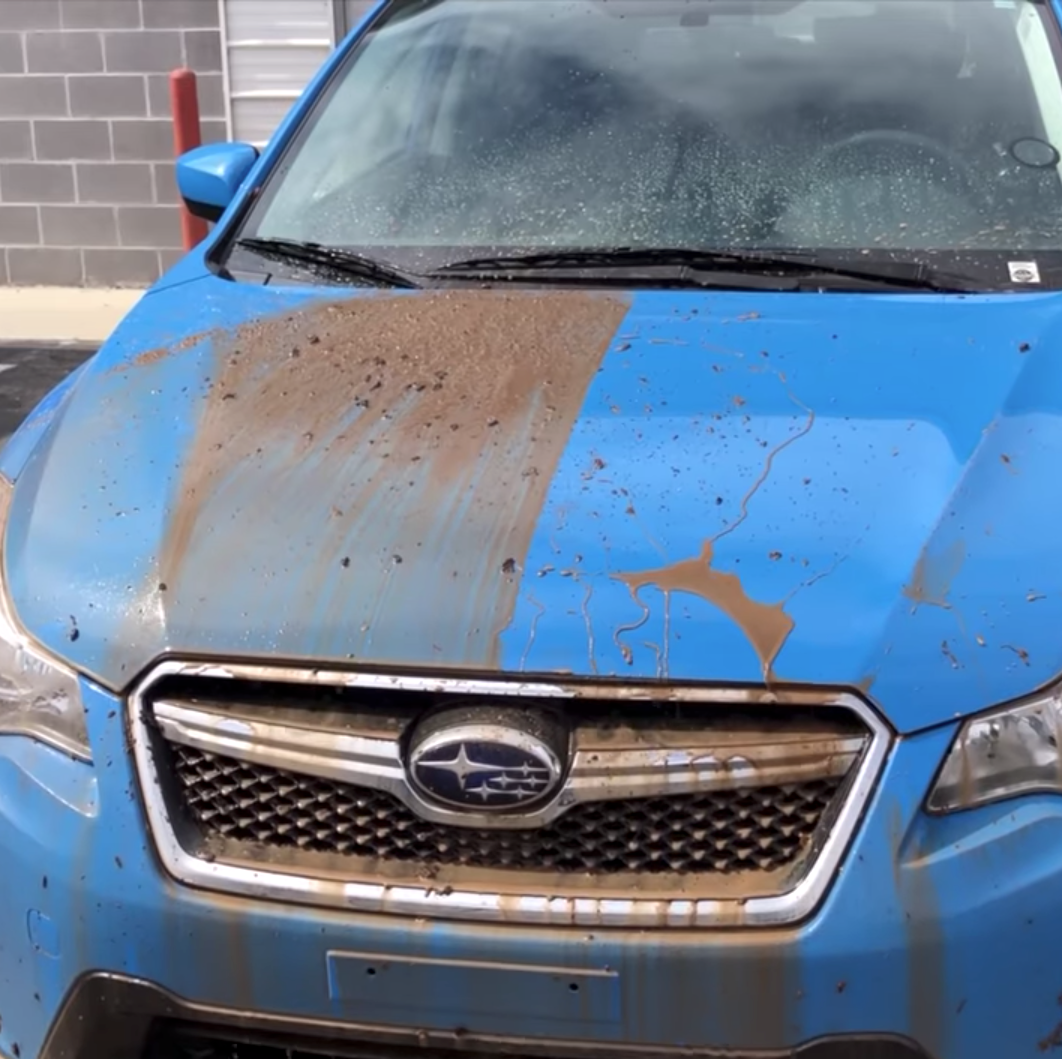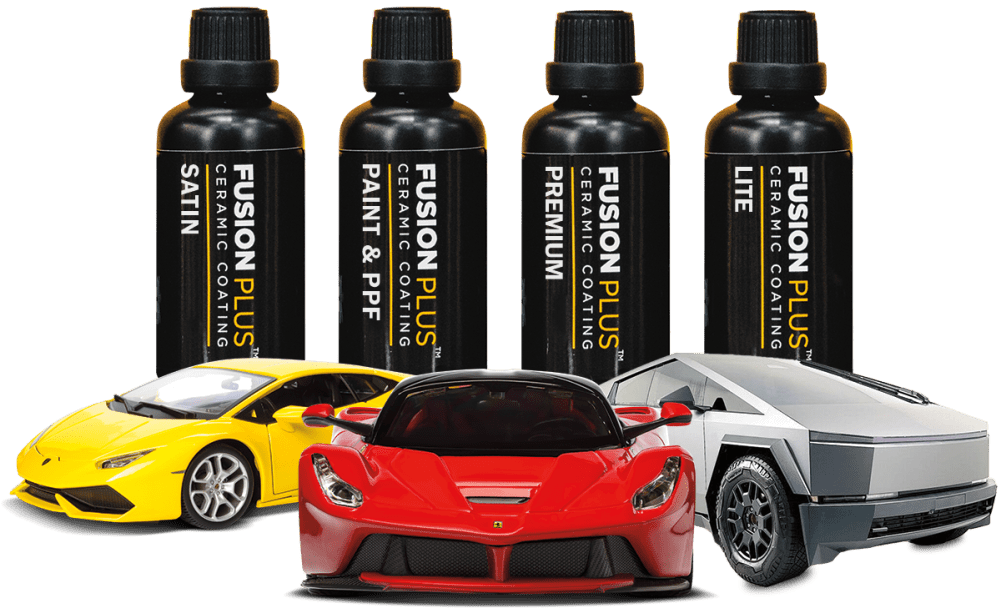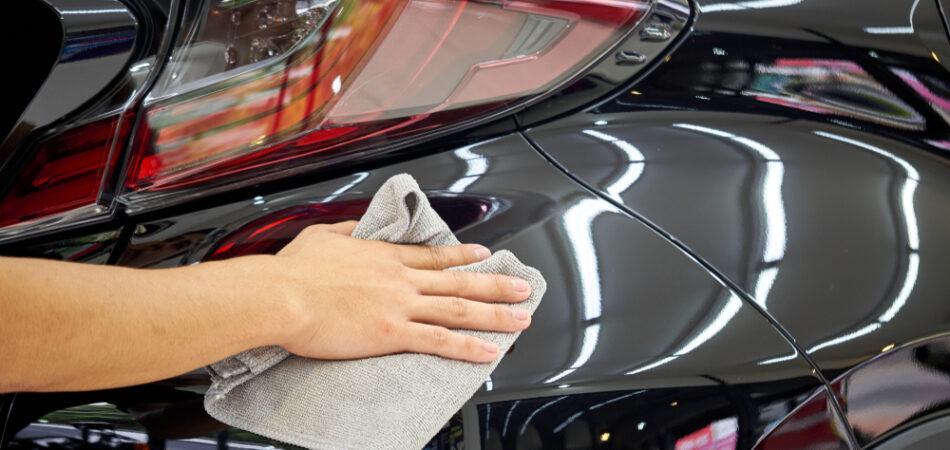Ceramic Coating vs Traditional Wax: Which Offers Better Protection?
Ceramic Coating vs Traditional Wax: Which Offers Better Protection?
Blog Article
Ceramic Finish vs. Typical Wax: Which Supplies Much Better Long-Term Security?
The discussion in between ceramic finishings and traditional wax for vehicle protection has amassed significant interest amongst auto lovers and specialists alike. While both serve the purpose of guarding paint, their differences in toughness, application, and long-lasting upkeep expenses might influence a customer's choice. Ceramic coverings flaunt superior long life and resistance to ecological elements, yet the complexity of their application questions concerning availability and practicality. As we discover these contrasting options, it becomes necessary to take into consideration not just the prompt advantages yet additionally the implications for lorry care with time.
Summary of Ceramic Finishing
Ceramic finish has obtained significant appeal among automotive fanatics and detailers alike due to its advanced protective top qualities. This innovative technology is created to create a durable, hydrophobic shield over an automobile's paint surface area, substantially enhancing its resistance to ecological pollutants such as dust, UV rays, and chemical spots. Unlike conventional wax, which provides a temporary layer of security, ceramic finishings bond at a molecular degree with the paint, using lasting sturdiness-- frequently extending beyond two years with correct upkeep.
The application process involves careful prep work of the lorry's surface area, consisting of cleansing and brightening to make sure optimum attachment. When applied, the finishing remedies to develop a durable layer that not just adds depth and gloss to the paint but additionally streamlines maintenance. With its hydrophobic buildings, ceramic finish permits water and dirt to move off more quickly, lowering the regularity of laundries and minimizing the danger of swirl marks.
Furthermore, ceramic finishes are readily available in numerous formulas, enabling individuals to pick items tailored to their particular requirements and choices. Overall, ceramic covering represents a significant improvement in paint defense innovation, providing superior efficiency contrasted to conventional options.
Summary of Traditional Wax
Generally considered a staple in vehicle treatment, wax acts as a preferred option for those seeking a simple technique to boost and protect their car's paint - ceramic coating. Automotive wax typically consists of all-natural ingredients, such as carnauba, or synthetic compounds, made to create a safety layer externally of the paint. This layer not only improves the car's gloss and shine but likewise provides an obstacle against ecological impurities
The application of wax is usually easy to use, making it accessible for both specialists and do it yourself lovers. It can be applied by hand or device, enabling adaptability in the outlining procedure. As soon as applied, wax requires a treating duration, after which it solidifies to develop a safety covering. Wax is additionally recognized for its ability to ward off water, promoting a beading result that aids in the prevention of water spots and deterioration.
Nevertheless, while wax is effective for enhancing the aesthetic charm of a lorry, it is essential to note that the defense it supplies might necessitate extra frequent reapplication contrasted to different items, such as ceramic layers. Generally, traditional wax continues to be a popular choice for those Clicking Here focusing on simplicity of usage and prompt aesthetic enhancement.
Durability and Long Life Contrast
While both ceramic coatings and typical wax offer safety advantages for vehicle paint, their longevity and longevity vary dramatically. Conventional wax, commonly made from natural carnauba or artificial polymers, normally offers a safety layer that lasts approximately 3 to six months. This relatively short life-span demands regular reapplication to keep optimum defense.
In comparison, ceramic coatings are crafted from innovative nanotechnology, developing a covalent bond with the paint surface. This causes a robust, hydrophobic layer that can withstand for 2 to five years, depending upon the item and environmental conditions. The premium durability of ceramic finishes is credited to their chemical structure, which uses improved resistance to scrapes, UV rays, and oxidation.

Defense Versus Ecological Factors
Shielding an automobile's paint from ecological factors is crucial for maintaining its look and value in time. Cars are frequently exposed to a range of components, including UV rays, bird droppings, tree sap, acid rainfall, and roadway crud, every one of which can jeopardize the integrity of the paintwork.
Ceramic finishes offer a durable defense against these environmental aggressors. Unlike traditional wax, which can degrade swiftly under UV direct exposure, ceramic coverings develop a sturdy, hydrophobic layer that withstands the hazardous results of sunlight and toxic wastes. This advanced technology creates a chemical bond with the vehicle's surface area, providing exceptional protection that lasts for years, even in extreme problems.
In contrast, ceramic finishings maintain their protective top qualities much longer, substantially decreasing the threat of paint damage and ensuring that the automobile maintains its aesthetic appeal. As an outcome, ceramic layers are increasingly acknowledged as the premium selection for long-lasting security against ecological factors.
Application and Maintenance Distinctions
The techniques of application and subsequent maintenance for ceramic coverings and typical wax vary considerably, affecting the overall customer experience and efficiency of each product. Ceramic coverings need an even more elaborate application procedure, normally including surface preparation that consists of cleaning, sanitizing, and brightening the vehicle. As soon as the surface prepares, the ceramic finish is used in a regulated atmosphere, commonly needing professional proficiency to make certain proper treating and bonding to the paint.

While both products boost automobile look, the longer-lasting defense offered by ceramic finishings might justify their initial financial investment, despite the more requiring application procedure. Alternatively, traditional wax stays a preferred option for those seeking an easier, albeit short-term, remedy.

Verdict
Finally, ceramic coverings show significant advantages over typical wax in terms of resilience and environmental defense. With a lifespan expanding two to five years and exceptional resistance to UV rays, dirt, and chemical spots, ceramic finishings supply a much more reliable service for long-lasting lorry upkeep. Although the application procedure may require expert expertise, the resulting cost savings and decreased regularity of reapplication emphasize the value of ceramic finishes for those seeking optimal lorry defense.
The debate in between ceramic coverings and typical wax for vehicle protection has actually amassed considerable interest among vehicle fanatics and i was reading this experts alike. Unlike typical wax, which supplies a temporary layer of security, ceramic finishings bond at a molecular level with the paint, using resilient longevity-- typically extending beyond two years with proper upkeep.
While both ceramic layers and standard wax offer safety benefits for auto paint, their toughness and longevity vary significantly. For automobile fanatics looking for long-term security, ceramic coatings present a compelling advantage over typical wax products.
In verdict, ceramic coatings show substantial benefits over typical wax in terms of official statement sturdiness and ecological security.
Report this page